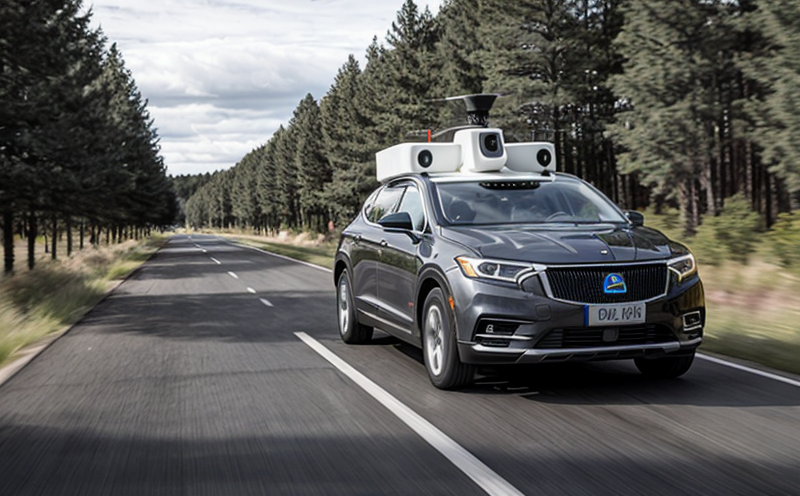ASTM F2557 Indoor Localization Accuracy of Mobile Robots
The ASTM F2557 standard provides a method for testing the indoor localization accuracy of mobile robots. This service is particularly relevant to autonomous navigation systems used in industrial, commercial, and consumer applications where precise positioning is critical.
The ASTM F2557 test focuses on assessing how accurately a mobile robot can determine its position within an indoor environment using various sensors such as LiDAR, cameras, ultrasonic sensors, and inertial measurement units (IMUs). The standard defines the conditions under which this accuracy should be measured to ensure compliance with industry standards.
The testing process involves placing the mobile robot in a controlled environment that simulates real-world scenarios. This setup typically includes obstacles, reflective surfaces, and other elements that might affect the robot's ability to localize itself accurately. The robot is then instructed to navigate through this environment multiple times while recording its position at various points along the path using predefined reference points.
One of the key aspects of ASTM F2557 testing is ensuring consistent and reliable results across different environments and conditions. This requires thorough preparation and calibration of both the test specimens (mobile robots) and the measurement systems used to capture their positions. Proper calibration ensures that any discrepancies observed during testing are due to the robot's performance rather than equipment variance.
The acceptance criteria outlined in ASTM F2557 specify allowable error margins for localization accuracy based on the type of environment being tested and the intended use case of the mobile robot. These tolerances account for variations in sensor readings, noise levels, and other factors that could impact precision.
By adhering to these stringent testing protocols and meeting the specified acceptance criteria, manufacturers can demonstrate compliance with international standards and provide assurance to end-users about the reliability and accuracy of their products.
The ASTM F2557 test not only helps manufacturers improve product quality but also fosters innovation by encouraging continuous refinement of technology. As autonomous systems become more integrated into our daily lives, accurate localization becomes increasingly important for safety and efficiency purposes.
For organizations involved in developing or procuring mobile robots equipped with advanced navigation capabilities, this service offers valuable insights into the robustness and accuracy of these technologies under various conditions.
Customer Impact and Satisfaction
Enhanced trust in product reliability for stakeholders involved in autonomous navigation systems.
Increased confidence among end-users regarding the safety and efficiency of mobile robots used in their operations.
Improved decision-making capabilities for procurement teams evaluating new technologies against established standards.
Faster go-to-market timelines for compliant products, reducing time-to-revenue.
The rigorous nature of ASTM F2557 testing ensures that only high-quality products reach the market. This not only satisfies regulatory requirements but also sets a benchmark for excellence in performance and reliability.
Environmental and Sustainability Contributions
Air quality monitoring drones, delivery robots, and personal assistive devices are just some examples of mobile robots that rely on accurate indoor localization. By ensuring these systems meet stringent testing standards like ASTM F2557, we contribute to improving operational efficiency while minimizing environmental impact.
Reduced energy consumption due to precise navigation reducing unnecessary movements and waiting times.
Minimized waste generation through optimized routes and efficient task execution enhancing overall resource utilization.
Incorporating ASTM F2557 into your quality assurance process demonstrates commitment to sustainability, thereby appealing to environmentally conscious customers and stakeholders.
Use Cases and Application Examples
Air quality monitoring drones equipped with ASTM F2557-compliant localization systems can accurately map indoor environments for rapid deployment in emergencies like fires or gas leaks.
Delivery robots operating in densely populated areas use ASTM F2557-tested navigation to safely deliver packages without causing congestion or accidents.
Personal assistive devices for elderly individuals or people with disabilities benefit from precise localization ensuring safe and effective operation within home environments.
The diverse applications of ASTM F2557-tested mobile robots highlight their importance in enhancing safety, efficiency, and accessibility across various sectors.





